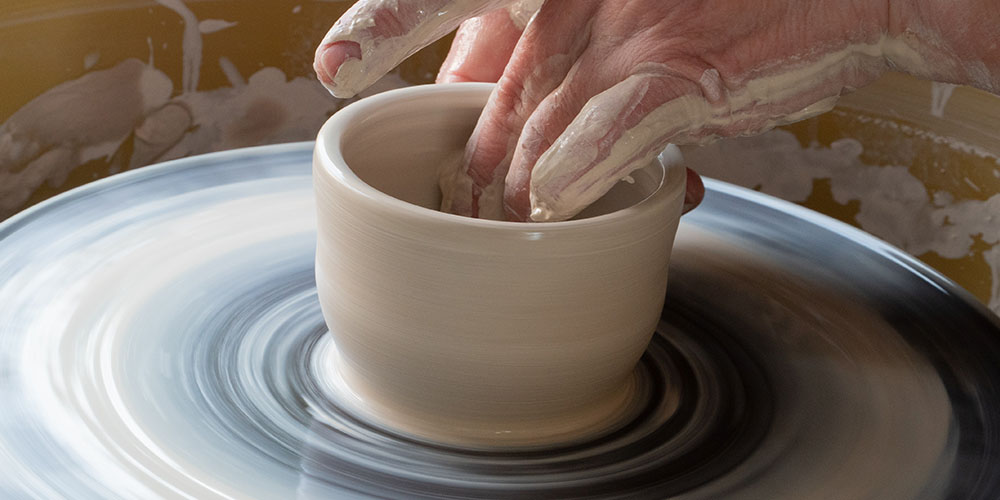Like a master craftsman, working with natural teeth together with materials like ceramics and resin, a dentist can create a beautiful smile for patients. It is one of the most rewarding aspects of working in the field, to see the reaction when people see their new smile for the first time.
When faced with something in your smile you don’t like, if your underlying teeth are healthy, then you often are left deciding between two main cosmetic options. Composite bonding and porcelain veneers. Each provide a different method to cover up imperfections such as chips, gaps, misalignment and staining or discolouration of teeth. But which is better? Or, more importantly, which is better for improving your smile?
What is composite bonding?
Composite bonding uses an engineered resin which is formed into place and bonded to your teeth using a form of dental cement. A UV light is then used to harden the material before it is trimmed and polished to create the desired look. The specific colour of resin can be chosen to match your natural teeth and complexion.
What are porcelain veneers?
In comparison, porcelain veneers look like teeth-shaped shells which are custom designed for your teeth. A small amount of enamel is shaved off your natural teeth to make room for the veneer to slip over the top. Then on a second visit, the prepared veneers are firmly bonded to the tooth (temporary veneers are applied in between each visit).
How do they compare?
There are some distinct differences between composite bonding and porcelain veneers. While veneers could be seen as the premium option, both have benefits which are worth considering based on the suitability to your teeth and lifestyle in order to achieve the outcomes you expect.
Price
- Composite bonding – let’s clear this out of the gate. Composite bonding is clearly the cheaper option.
- Porcelain veneers – porcelain veneers are the more pricey option. Due to the time, preparation and expertise required, they will cost more but this comes with a number of benefits which might make the cost worthwhile in the long-run.
Durability
- Composite bonding – tend to last between 4 to 8 years depending on the care applied over their lifespan.
- Porcelain veneers – are more durable lasting 10 to 12 years. The material is stronger and less likely to chip, crack or become stained than composite resin.
What each can fix
- Composite bonding – can fix minor chips, cracks and misalignment along with stained or discoloured teeth.
- Porcelain veneers – can fix more drastically chipped, cracked or broken teeth. The veneer also covers the entire tooth so a more seamless look is guaranteed.
Look
- Composite bonding – a bright white brilliant smile can be achieved on application. Over time the composite material will stain and discolour like natural teeth do.
- Porcelain veneers – the translucent properties of porcelain veneers catch the light in the same way that natural teeth do so provide a more authentic appearance. Porcelain is also stain resistant, so will not discolour over time.
Repairs
- Composite bonding – easier to repair than porcelain veneers. If they chip or crack, they can simply be fixed, reshaped or removed and replaced.
- Porcelain veneers – Veneers are more difficult to repair than composite resin. The entire veneer needs to be removed and replaced with another veneer.
Removal
- Composite bonding – easier to remove. Also because no enamel is removed when applying composite resin, your teeth will go back to how they were.
- Porcelain veneers – It’s an irreversible procedure. If you need to remove a veneer for any reason, you’ll need to replace it with another veneer as the top surface of the tooth is removed to apply veneers.








